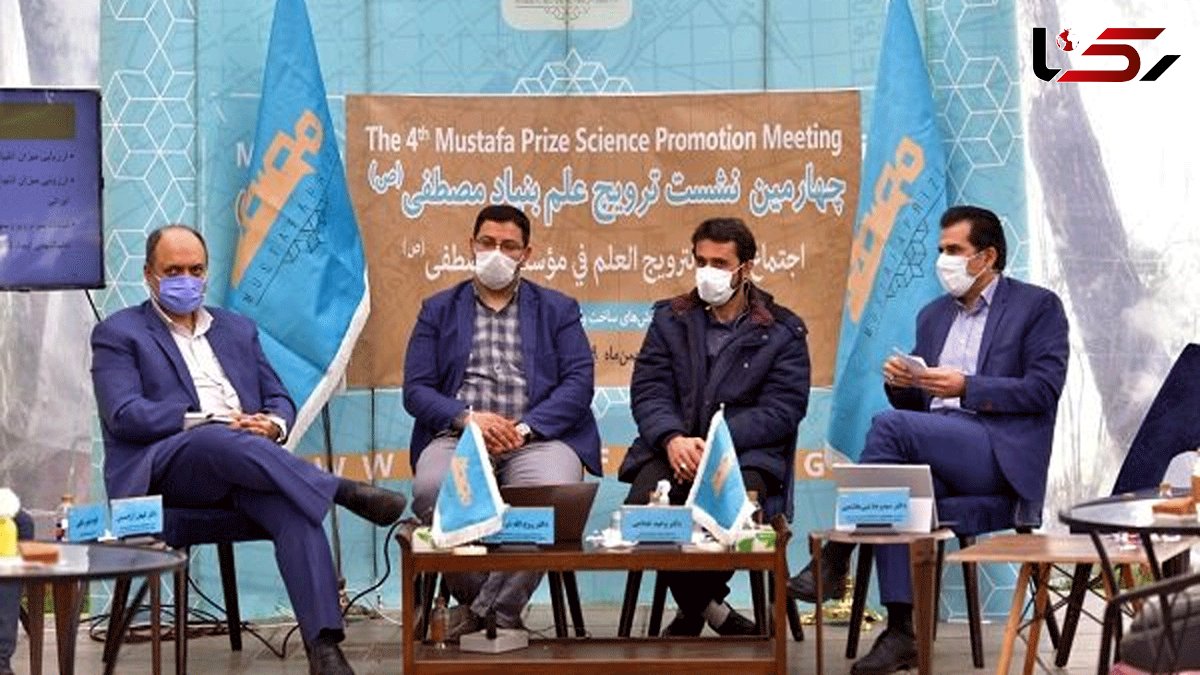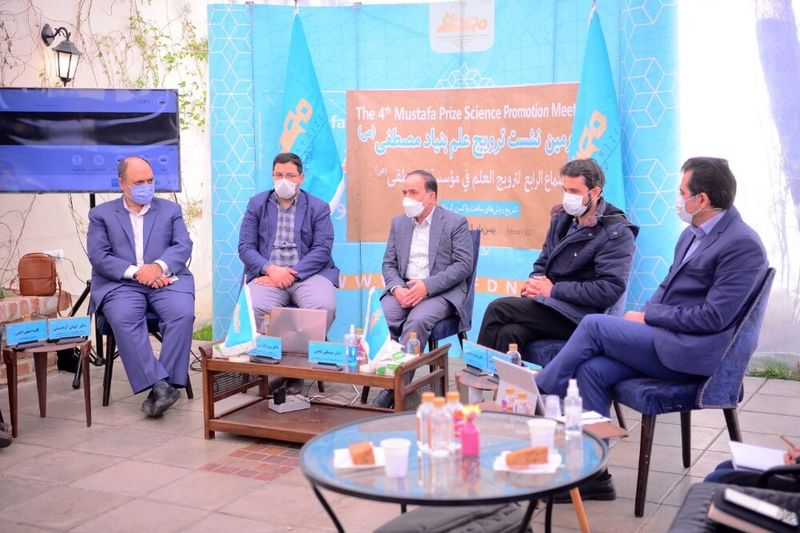Approaches to COVID-19 vaccine development discussed
Rokna: In the fourth round of the Mustafa(PBUH) Prize Science Promotion Meeting held on February 15, 2021, different approaches of Coronavirus vaccine development were examined.

While people in many countries around the world are still worried about the inoculation against the deadly COVID-19, and many are puzzled about how different Coronavirus vaccines work, the Mustafa(PBUH) Science and Technology Foundation held the 4th round of Science Promotion Meeting on the different approaches to Coronavirus vaccine development with the presence of professional experts in this area.
Mostafa Ghanei, head of the scientific committee of Iran’s National Headquarter against COVID-19, mainly addressed the development of Coronavirus vaccine in Iran which, according to him, began last year in March.
Ghanei stated that currently, the experts in Iran are working on 4 or 5 different approaches to COVID-19 vaccine development.
The research conducted in different methods, “not only helps us choose the best approach but also for each developed vaccine, a new technology is being developed,” he added pointing to the various utilizations of mRNA platform.
Vaccines entered into the 3rd phase, he said, require the production infrastructure which needs to be supported financially. Therefore, each vaccine entered into the 3rd phase is bought forward by the government.
The national committee of COVID-19 vaccine has adopted some policies so that the knowledge-based companies do not go bankrupt.
Ghanei also announced that research is being conducted on some new approaches to Coronavirus vaccine development other than the current ones, like edible vaccines in Iran, which might be proved to be useful later.
Pointing to Pfizer COVID-19 vaccine, he said we do not refuse the efficacy of technology used in developing Pfizer’s mRNA Coronavirus vaccine, adding that the government decided not to buy it because first, it is not cost-effective, and second, the needed condition in terms of very cold temperature for keeping the vaccine was not ready.
The moderator said “the vaccines developed in our country before COVID-19 pandemic were all for bacterial diseases, not viral diseases.”
Kayhan Azadmanesh, professor of Virology Department and head of Rapid Response Team for Infectious Diseases at Pasteur Institute of Iran, talked about their approach in developing Coronavirus vaccine in which “the virus works as a tool for delivering the gene.”

Known as the adenovirus vaccine, this approach uses adenovirus in order to deliver one or two genes of the virus to the cells “We have used both the spike protein and N-protein,” Azadmanesh said, adding that this approach is cost-effective compared to other approaches of vaccine development.
Asked if using adenovirus poses danger, he replied, “it is proved that almost all the adenoviruses are safe.”
Roohollah Dorostkar, CEO of Kian Gene Azma company, talked about the inactivated vaccine they are working on.
He stated that this method does not work on some viruses such as HIV, but seems promising on Coronavirus, noting that it needs level-3 laboratory.
“We are in the challenge phase. In this phase, the animal must be infected with the virus. It is a very sensitive phase,” he said.
Director of the project of developing mRNA-based COVID-19 vaccine, Vahid Khoddami, talked about the efficacy of this approach compared to other methods.
Emphasizing that the vaccine developed by this method does not make genetic problems, he said these messengers work based on hit-and-run programming which indeed renders them very transient. We are not dealing with permanent genetic codes; they are not stable and do not enter the genome. That’s why the vaccines developed by this approach are needed to be kept in very cool temperatures.
Talking about some of the numerous advantages of this method in vaccine development, he said “enough doses can be manufactured rapidly,” adding that “it is a very flexible technology which can be applied on other areas as well.”
“In autumn we did the animal test, and in few months we will enter the human phase,” Khoddami announced.
The next speaker, Seyed Reza Banihashemi, director of the central lab and head of Immunology Department at Razi Vaccine and Serum Research Institute (RVSRI), talked about their approach in vaccine development, stressing that “in pandemics, the most important factor to be regarded in vaccine development is safety.”
Some of the advantages of this approach, according to Banihashemi, are that “it is tested and developed in bioreactor outside the body, its safety is high, it does not have interactions with other vaccines, and all age groups can use it.”
“We use the genome in a mammalian cell outside the body,” he said, adding that this method costs a lot.
He stated that 2 doses of this vaccine are administered at first, which boost the central immune system. However, he said, although this might develop strong immunity against the virus, the subject might still transmit the virus to others. Therefore, after the 2 injections, a nasal dose is received by ¬the subjects to reduce the viral shedding.
“This is the first time a dose of nasal COVID-19 vaccine is being worked on in the world,” he maintained.
He said the vaccine can be kept in 2 to 8 degrees.
“It has developed 8 to 9 months of immunity in monkeys so far. We are in the first phase of the clinical trial,” he announced.
Follow the Official Rokna NEWS Telegram Channel For More and fresh NEWS.
MHN

Send Comments